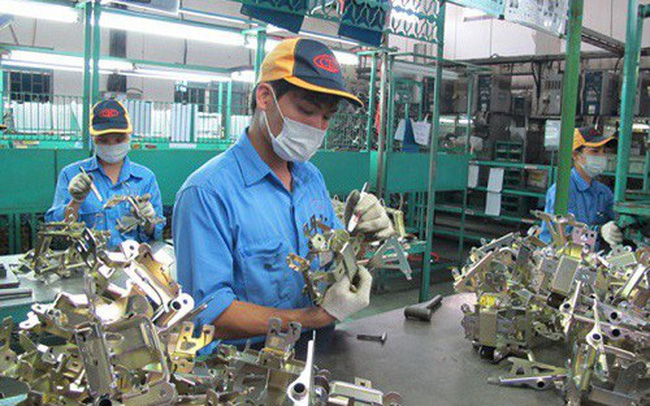Gov’t rolls out goals, measures to boost supporting industry development
VGP – The Government has issued Resolution 115/NQ-CP figuring out goals and measures to boost the development of supporting industry through 2030.
 |
|
Supporting industry is expected to make up 14% of the country's industrial production values by 2030 |
Supporting industry shall be developed through mobilization of resources of all economic sectors, especially foreign-funded and domestic enterprises.
The auxiliary industry is expected to meet 45% of domestic demand and account for 11% of the country’s industrial production values by 2025 and these figures will be increased to 70% and 14% respectively by 2030.
The Government planned to raise the number of supporting companies to 1,000 by 2025 and to 2,000 by 2030 and they are expected to be able to directly provide auxiliary products to domestic and multinational manufacturers in Viet Nam.
Regarding the area of spare parts, the Government set goal to raise domestic supply rate of auxiliary products to 45% by 2025 and 65% by 2030.
Auxiliary companies are expected to meet 65% of the garment sector’s demand and 75-80% of the footwear sector’s demand over the next five years, read the Resolution.
To realize the above goals, the Government worked out solutions such as improving legal framework, implementing incentive policies, facilitating connectivity between domestic and foreign-funded enterprises among others.
By Kim Anh

